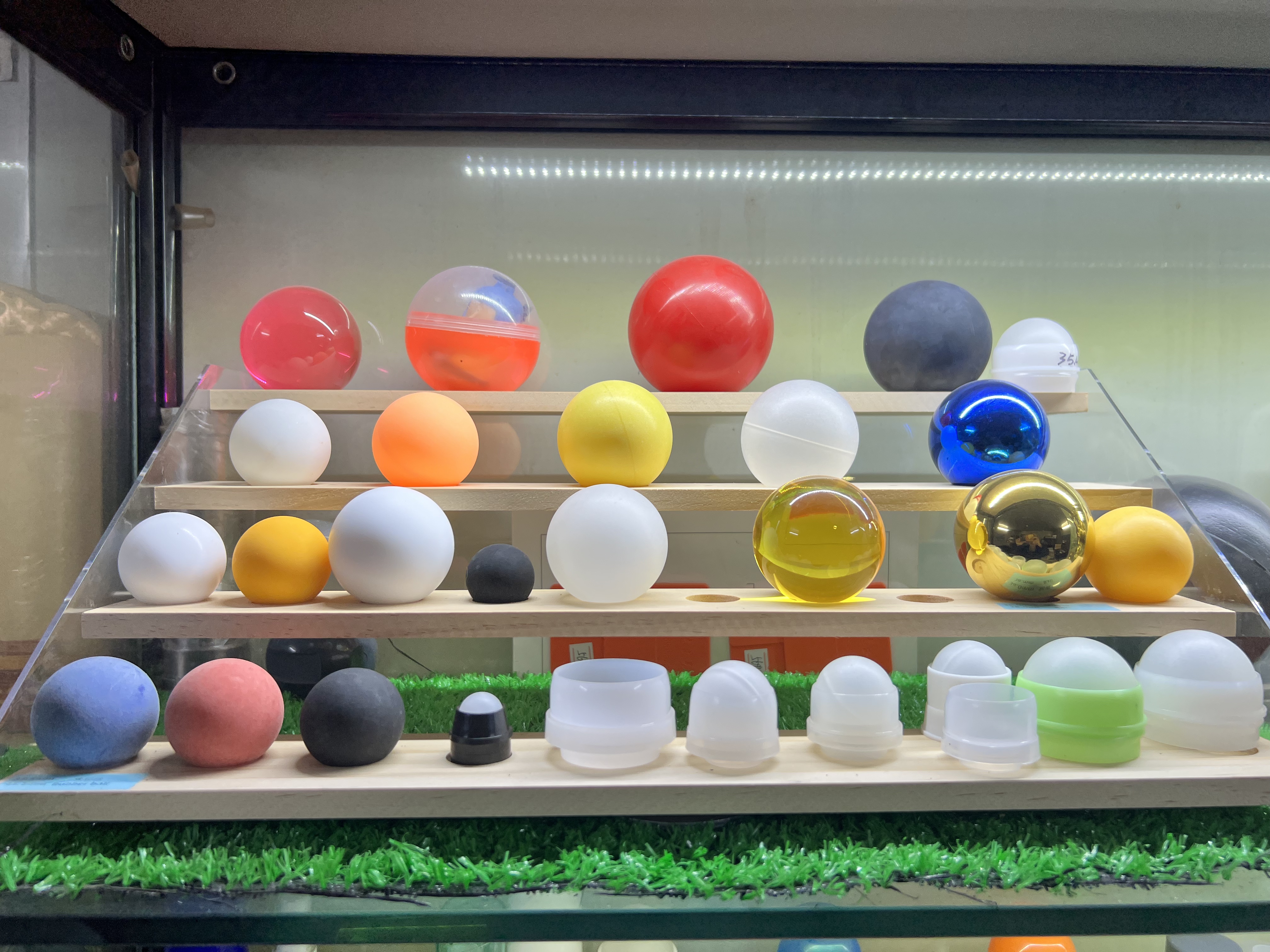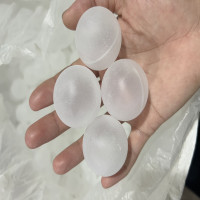Hollow Plastic Balls: Advanced Design, Materials, and Applications

Strong 8k brings an ultra-HD IPTV experience to your living room and your pocket.
Hollow plastic balls—precision-engineered spheres with an internal cavity—have become indispensable components in a wide array of industries. Leveraging modern polymer science and high‑precision molding technologies, these lightweight spheres offer tailored performance characteristics that solid particles simply cannot match.
1. Materials and Properties
Polypropylene (PP): The most common material, PP delivers an excellent balance of chemical resistance, rigidity, and cost‑effectiveness. Wall thicknesses from 0.5 mm to 2 mm yield controlled buoyancy, making PP hollow balls ideal for cosmetic applicators and flotation devices.
High‐Density Polyethylene (HDPE): With superior impact strength and UV stability, HDPE hollow balls withstand outdoor and high‐abrasion environments, such as water treatment floatation systems.
Co‑extruded Resins:By combining EVOH (ethylene vinyl alcohol) layers inside a PP shell, manufacturers can achieve outstanding gas‑barrier performance—critical for sample packaging in the food and pharmaceutical sectors.
2. Manufacturing Techniques
1. Injection Molding with Valve‑Gate Gates:
Multi‑cavity molds produce dozens of identical balls per cycle.
Valve‑gate technology eliminates vestiges of the gating area, ensuring mirror‐smooth surfaces essential for roll‑on applicators.
2. Rotational Molding (Rotomolding):
Ideal for large diameter spheres (30 mm–100 mm).
Resin powder placed into molds rotates biaxially, forming uniform walls; enables extremely lightweight parts for floats and insulation balls.
3. Blow Molding:
Suited for medium‑to‑large balls, blow molding extrudes a parison into a spherical cavity and expands it with compressed air.
Enables rapid cycle times for high‑volume, low‑cost production of larger float balls.
3. Key Applications
Cosmetic & Personal Care:Smooth, leak‑free roll‑on balls for deodorants, serums, and essential oils—wall tolerances of ±0.05 mm deliver consistent product flow.
Floatation & Level Control: Water treatment plants and chemical storage tanks use float balls to actuate valves and reduce evaporation; UV‑stabilized HDPE ensures longevity.
Filtration Media:Hollow spheres serve as low‑density packing in gas‑liquid absorbers, promoting uniform fluid distribution and minimizing pressure drop.
Decor & Display:Lightweight hollow balls in custom colors and finishes enhance point‑of‑sale displays, event decorations, and architectural installations.
4. Selection Criteria
Dimensional Accuracy:Verify diameter tolerances (±0.1 mm) and wall thickness uniformity to prevent tilt or binding in valve applications.
Chemical Compatibility:Match resin grade to the fluid’s pH and solvent properties; EVOH‑barrier options extend compatibility with aggressive media.
Surface Finish: Opt for polished or micro‑textured finishes based on application—smooth for skincare, textured for grip in mechanical assemblies.
Temperature Range: Confirm operating limits; standard PP functions up to 100 °C, while specialty HDPE grades extend to 120 °C.
5. Future Trends
Bio‐based Polymers: Early development of PLA and PHA hollow balls promises lower carbon footprint for consumer goods.
Advanced Coatings: Nanocomposite surface layers to impart antimicrobial and self‑cleaning properties in medical and food contact applications.
Smart Integration: Embedding RFID or sensor elements within hollow cavities for real‑time monitoring of fluid levels and environmental conditions.
By understanding the interplay of material science, precision molding, and application‑driven design, engineers and product developers can leverage hollow plastic balls to optimize performance, reduce weight, and unlock innovative functionalities across diverse industries.
Optimal clearances (0.05–0.08 mm) are derived from Navier–Stokes simulations, balancing capillary hold‑back against gravity‑driven flow.
Transient Flow Analysis:
Transient CFD captures how viscous serums (1,000–5,000 cP) accelerate into the neck channel, preventing air entrapment and ensuring a drip‑free start.
Ball Diameter & Fit:Standard diameters range from 8 mm to 15 mm. Selecting the correct size ensures a snug snap‑fit into the bottle neck finish, preventing leakage during shipping and use.
Surface Finish:A mirror‑like surface (Ra ≤ 0.02 µm) minimizes friction and delivers a luxurious glide across skin, essential for serums, deodorants, and perfumes.
Note: IndiBlogHub features both user-submitted and editorial content. We do not verify third-party contributions. Read our Disclaimer and Privacy Policyfor details.


